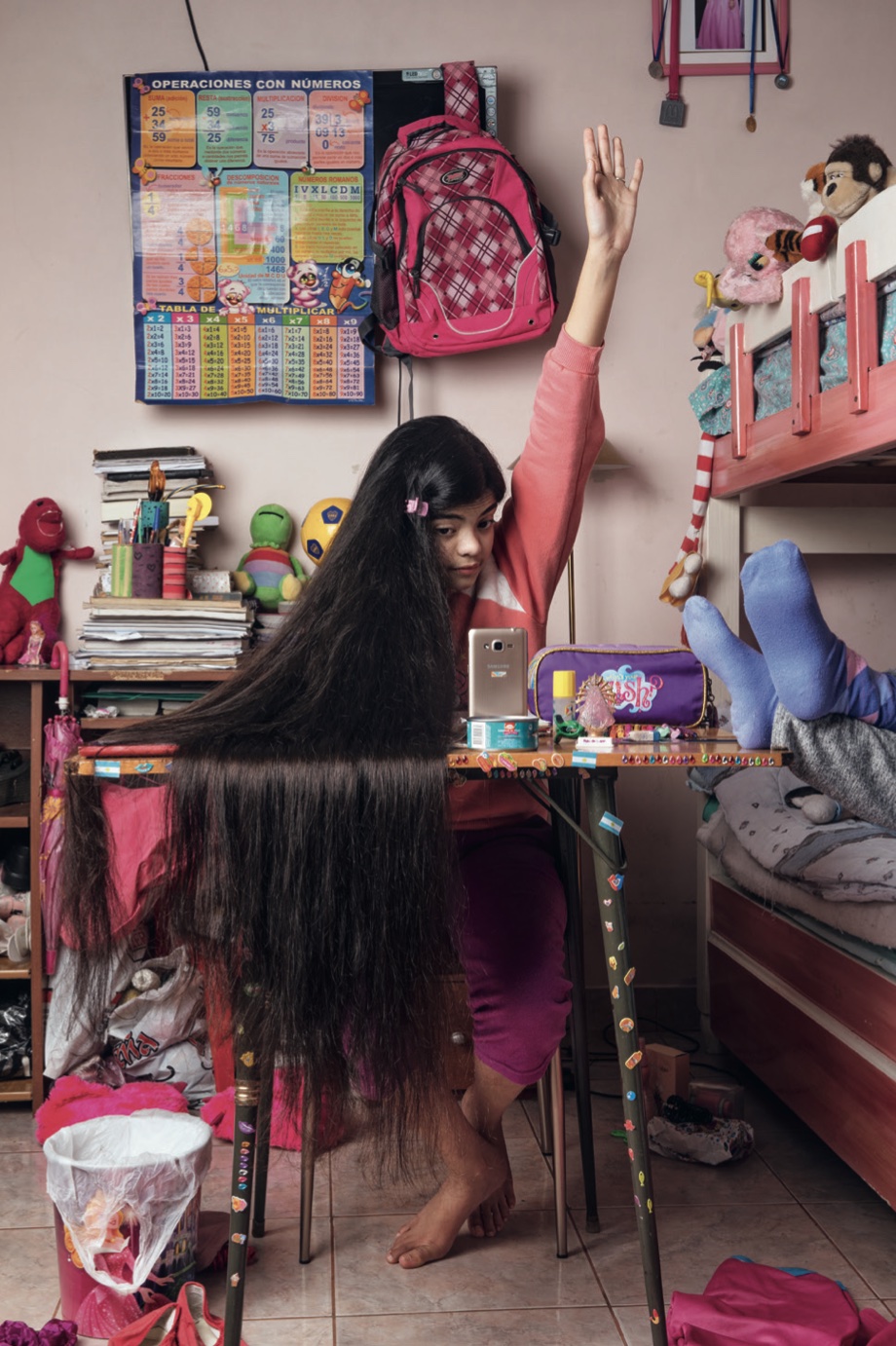
Sacred rituals among poppy fields in Mexico, thawing permafrost and forest fires in Siberia, and an Argentine schoolgirl who vowed to grow her hair until Covid-19 was over. This is the World Press Photo Yearbook 2022.
Above: ‘Kamloops Residential School’ © Amber Bracken, for The New York Times.
Canadian photographer Amber Bracken’s award-winning photo for this year’s photobook. Clothing on crosses along Highway 5 symbolise children who died at the former Kamloops Indian Residential School in Kamloops, B.C.
Since 1962, the World Press Photo Foundation has published a book each year, featuring all prize-winning entries.
2022’s Yearbook once again brings together the very best press photographs from 2021. Carefully selected from thousands of powerful, moving and sometimes disturbing images, featured in it are the winning photos and stories from the 65th annual Photo Contest selected by an independent jury.
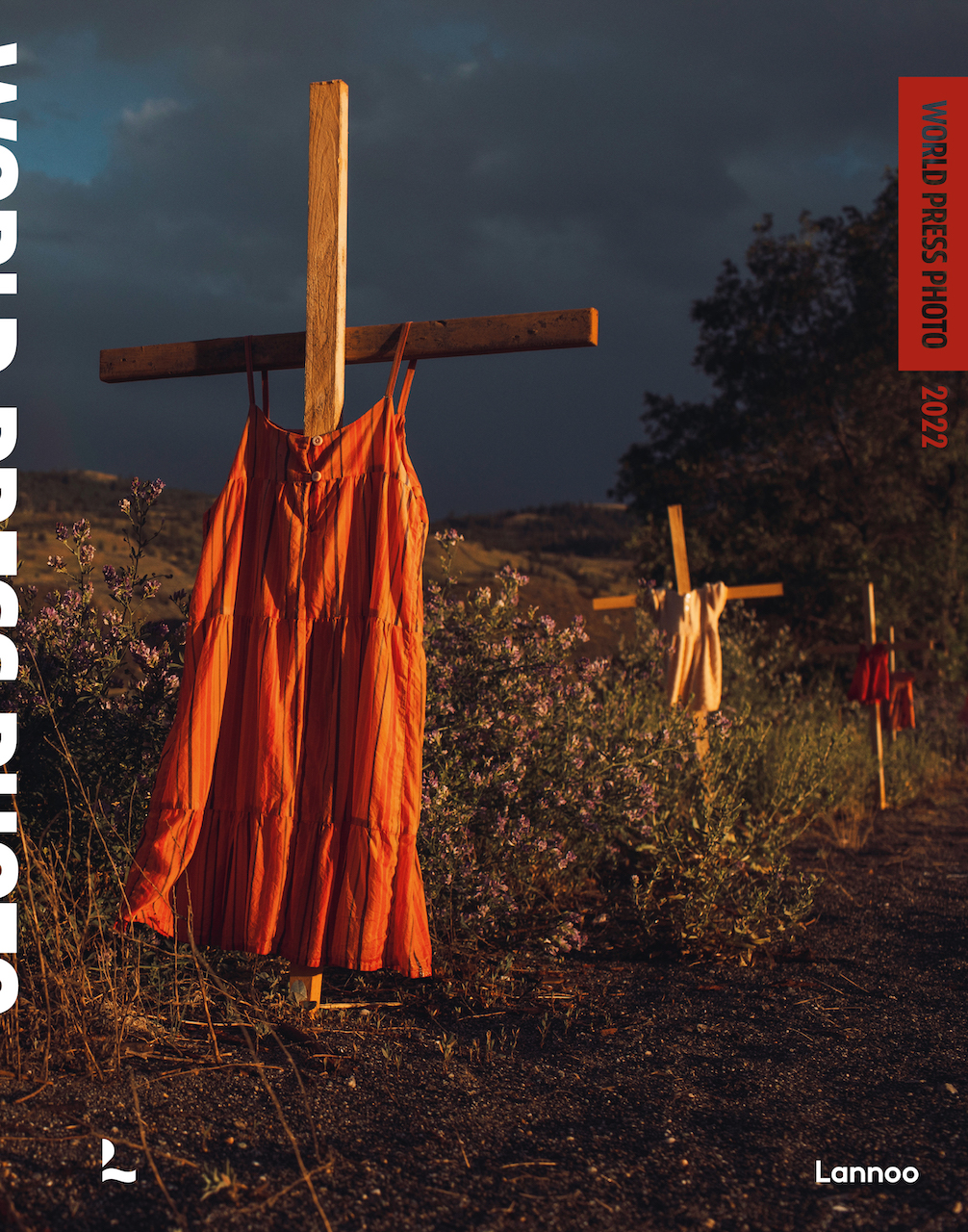
Here are several stunning images and accompanying stories from Argentina, Mexico, and Russia.
In August 2020, Antonella, 12, who lives in Buenos Aires, Argentina, vowed to cut her long hair only when she could resume in-person classes at school, which had been suspended as a result of the COVID-19 pandemic. Antonella said she was offering up her most precious treasure in exchange for getting her school life back. Her hair was her identity. She said: “When I finally go back to school they will know I’m a different person, I feel like a different person.” She cut her hair on 25 September 2021, on the weekend before she returned to classes.

13th June 2021: Antonella studying via Zoom on mother’s mobile phone in her bedroom in Buenos Aires, Argentina. Her parents are keen that she keeps up to date with her education.
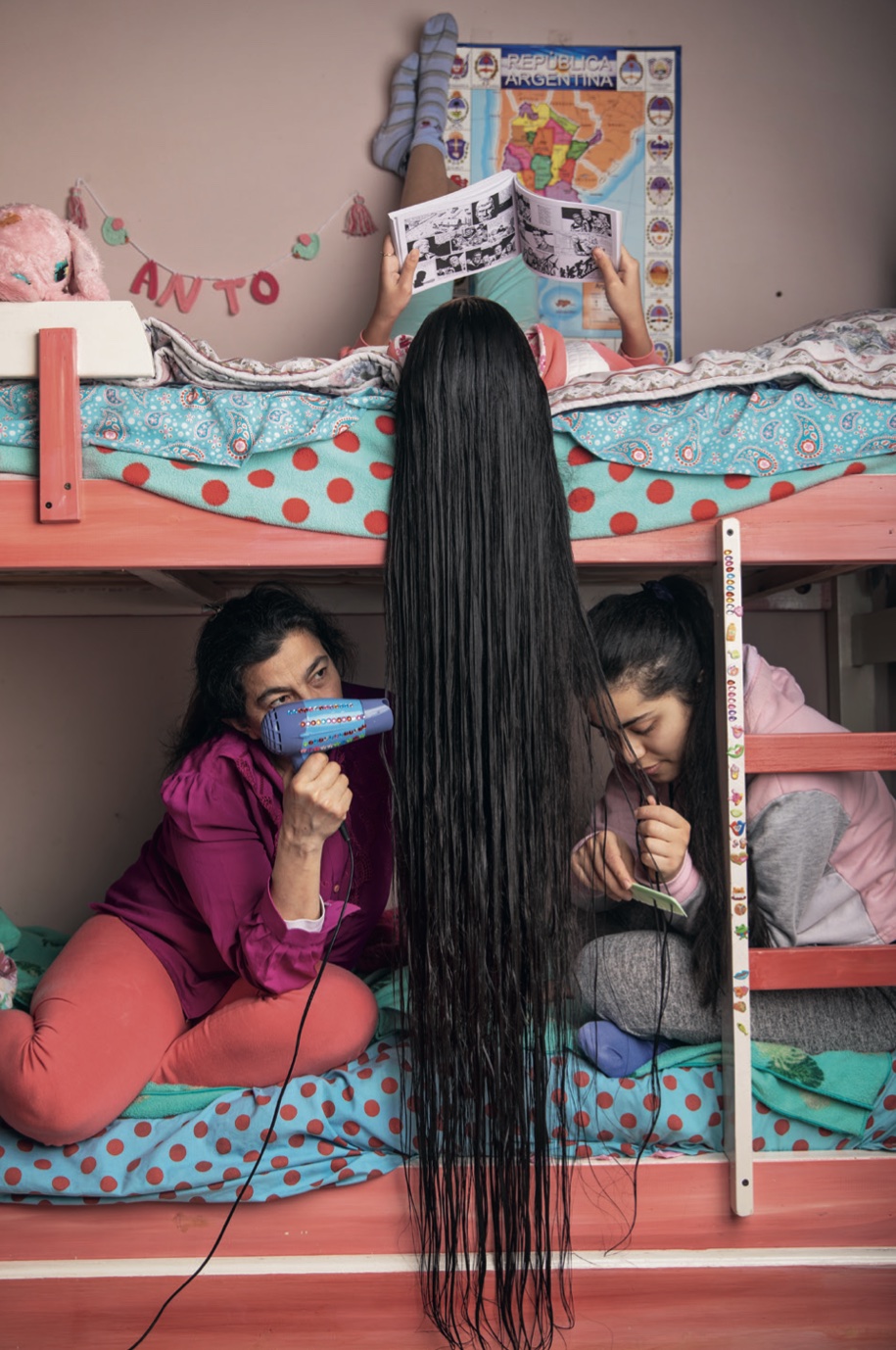
23rd July 2021: Antonella’s mother Felicitas and her sister Carolina dry, comb, and rub her hair with rosemary oil.

29th July 2021: Antonella reports feeling a lack of motivation, often opting to study from bed when she doesn’t feel like getting up.
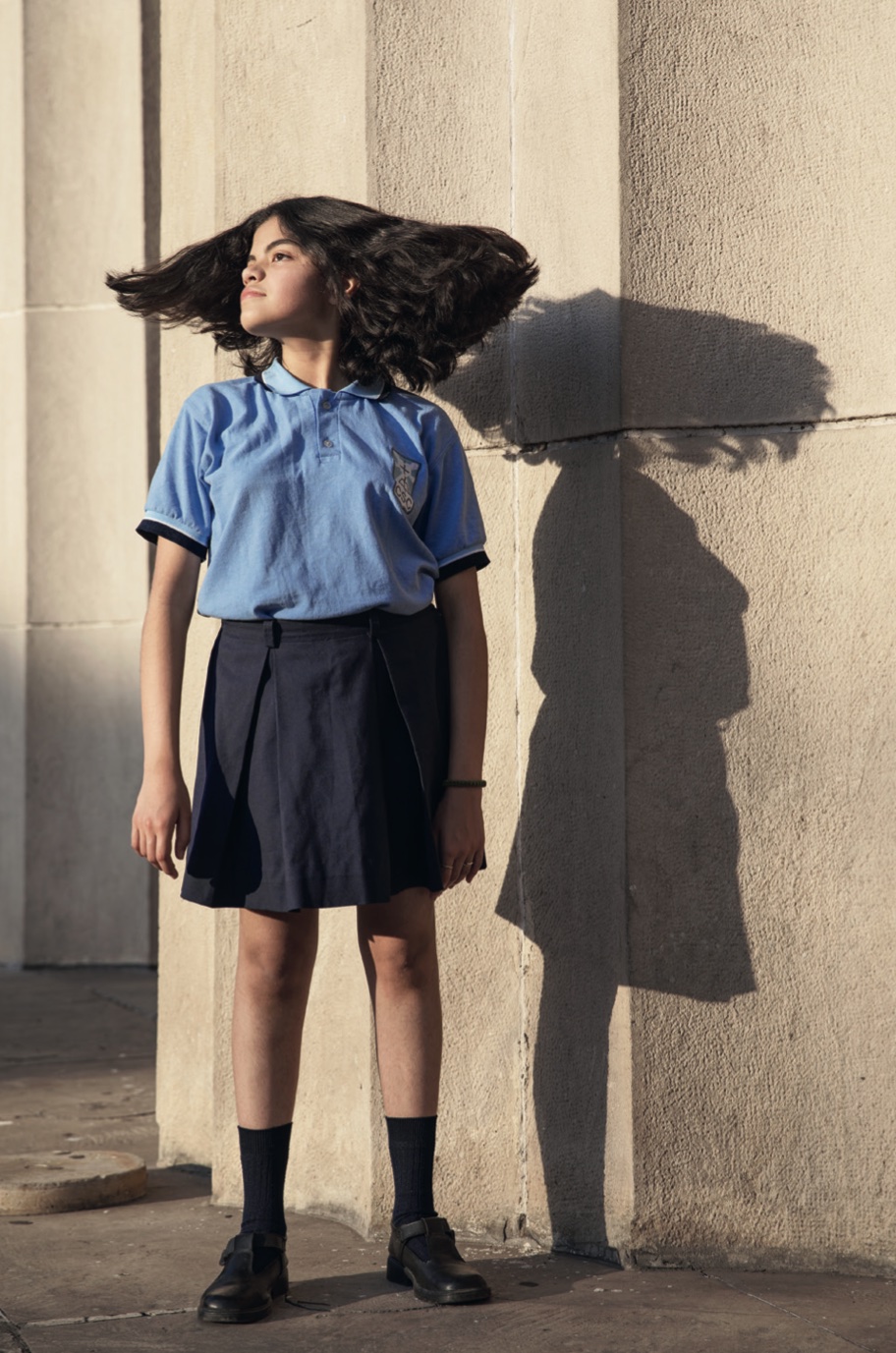
20th November 2021: After missing 260 days of in-person classes due to Covid-19, Antonella finally swings her newly cut hair. This photo was taken outside the Faculty of Engineering at the University of Buenos Aires. Antonella wanted to have her portrait taken here because her ambition is to study engineering after finishing school.
Credit: ‘The Promise’ © Irina Werning, Pulitzer Center
Mexico is the third-largest opium producer in the world with half of the production being grown in its second-poorest state, Guerrero. The drug economy has transformed the social structure of the largely indigenous farming communities which have turned to poppy cultivation as a means of survival. The photographer put scratches and pinpricks into prints of the photographs to represent trauma and the scratching of the poppy flower during opium extraction, while the color red represents drug violence and blood, but also life.
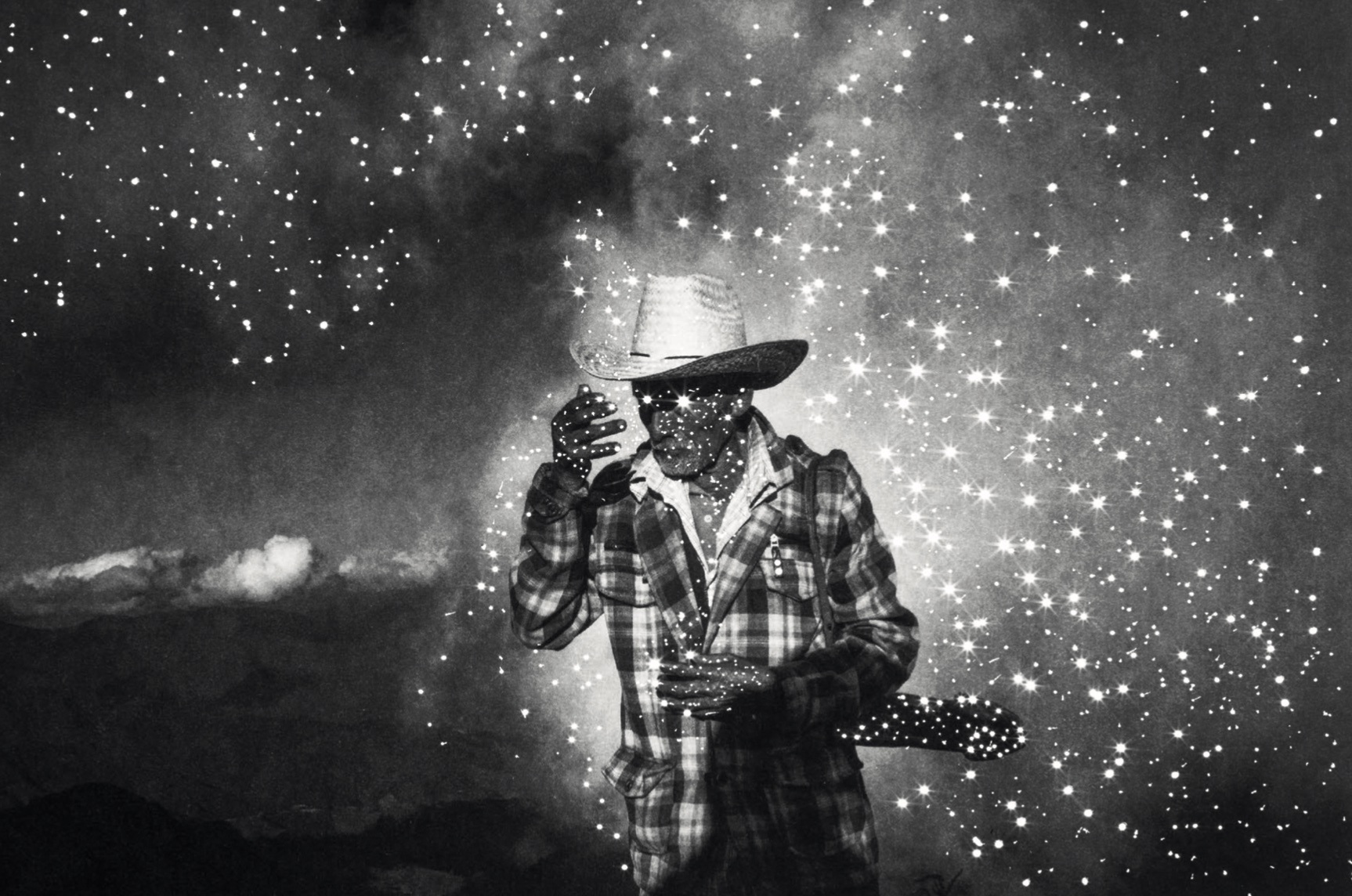
31st December 2021: A Mixtec elder on Cerro de la Garza, Guerrero, Mexico. Every year on New Year’s Eve, Mixtecs climb the sacred hill in Guerrero to perform rituals commemorating the end and beginning of a life cycle.
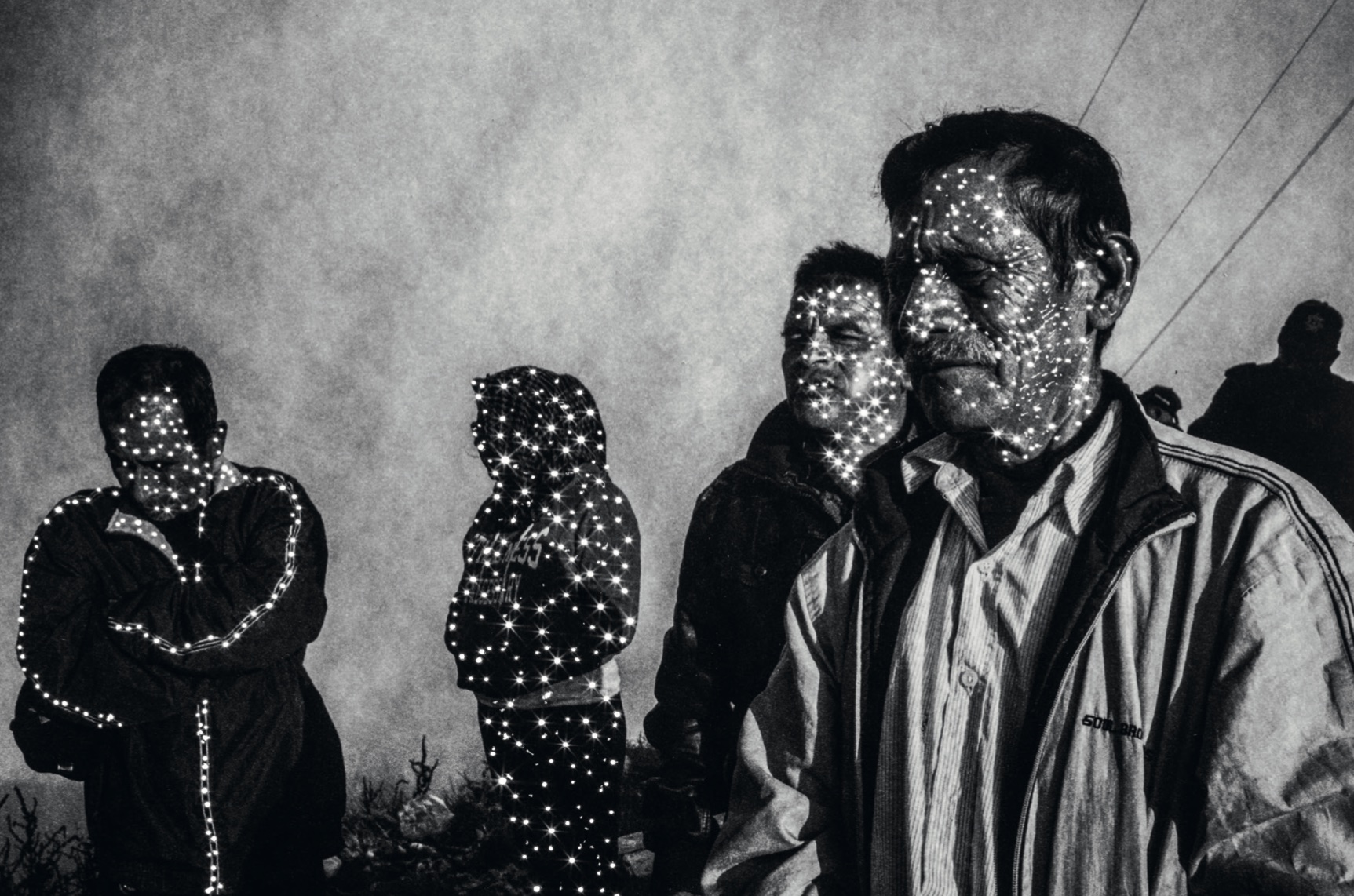
The sacred hills in Guerrero are surrounded by poppy fields. An increasing amount of drug violence has led to communities arming themselves to defend their territories, with children often recruited to assist in the conflict.
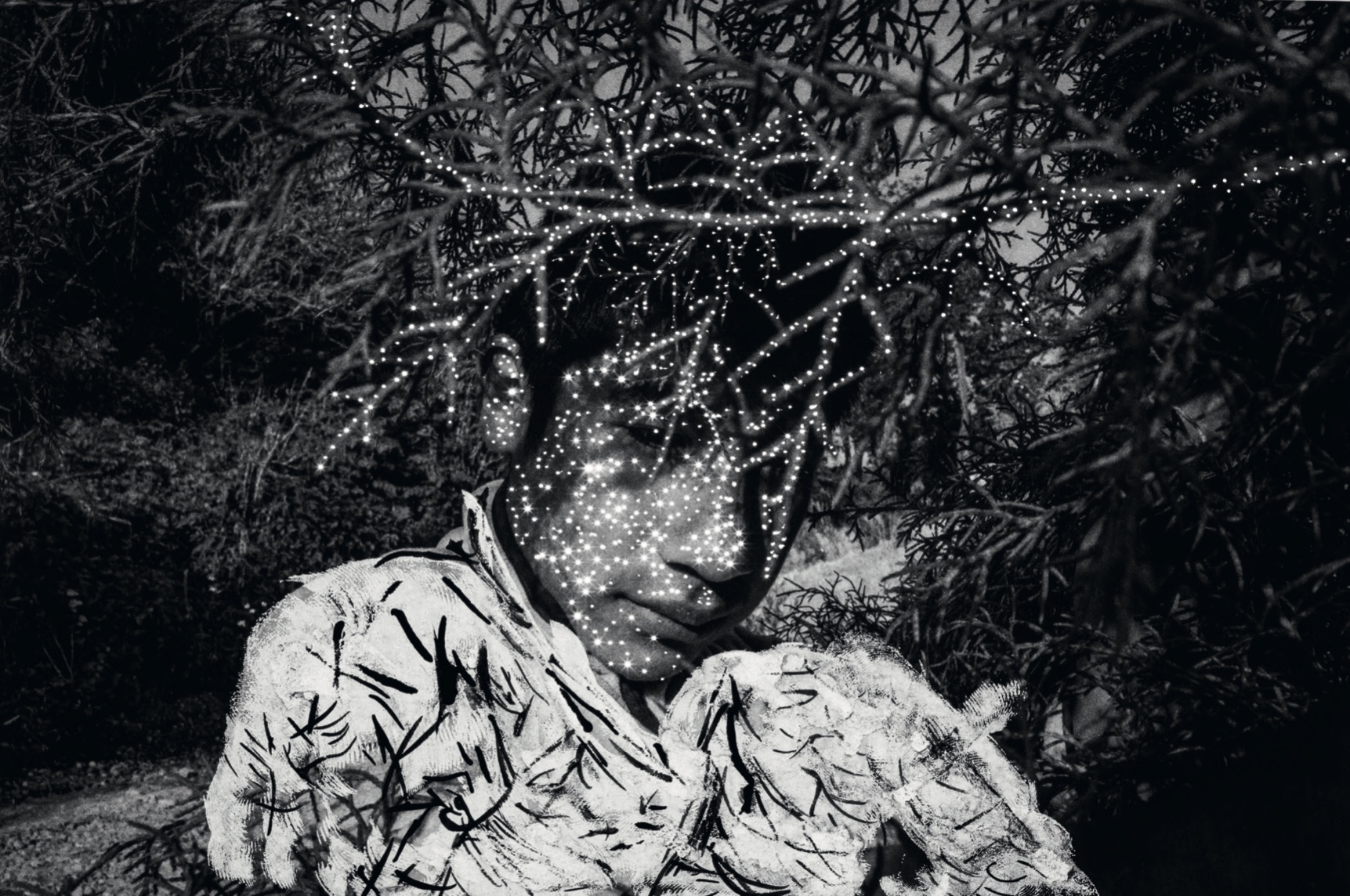
A young man in Malinaltepec, Guerrero, who lives in a poppy-growing community.
Credit: ‘The Flower of Time: Guerrero’s Red Mountain’ © Yael Martínez, Magnum Photos
Sakha, also known as Yakutia, which extends over more than three million square kilometres in the far northeast of the Russian Federation, experienced devastating wildfires, severe smoke pollution, and melting of its permafrost in 2021. By mid-August, more than 17 million hectares had been ravaged by fire, according to Greenpeace Russia – larger than the areas burned by fires in Greece, Turkey, Italy, the US, and Canada combined. The Arctic Monitoring and Assessment Programme reports that the Arctic is heating faster than the global average.

1st July 2021: Local firefighter volunteers take a break in Magaras, central Sakha, Siberia, Russia.

17th July 2021: Despite a warning from local authorities for citizens to stay indoors in order to avoid choking fumes, some people in the Siberian capital of Yakutsk pass time on the beach.

27th June 2021: Veronika in her room in Yunkyur in Sakha. As with other village houses, the foundations of her family’s home are being undermined by thawing permafrost. The floor is sinking, cracks run through the walls, and the basement where the family store potatoes has collapsed.

5th July 2021: Tress burn during a forest fire near Kürelyakh in Siberia.
Credit: ‘As Frozen Land Burns’ © Nanna Heitmann, Magnum Photos

